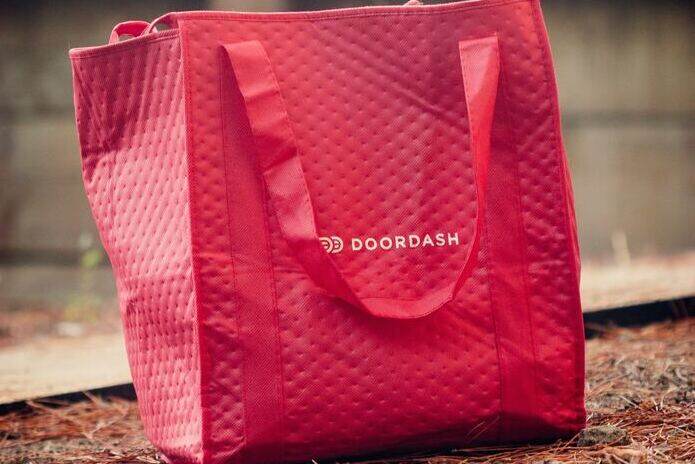DoorDash (NASDAQ:DASH), the San Francisco-based food delivery app, has exceeded expectations in the third quarter, showcasing a substantial growth in orders and revenue. The company credited its success to a diverse range of stores and quicker service options, which have been attracting customers in both the U.S. and international markets.
In the period spanning from July to September, DoorDash saw its total orders increase by an impressive 24%, reaching a total of 543 million orders, a significant rise compared to the same period the previous year. This figure surpassed the Wall Street forecast of 521 million orders, according to analysts surveyed by FactSet. Additionally, DoorDash reported revenue growth of 27%, reaching $2.16 billion, outperforming the expected $2.09 billion projected by analysts.
Following this upbeat performance, DoorDash’s shares experienced a surge of over 7.5% in after-hours trading. The company attributes this success to a substantial increase in its monthly active users, particularly in September, with strong demand originating from both domestic and international markets. Furthermore, the frequency of orders has also seen a noticeable uptick compared to the second quarter.
DoorDash CEO Tony Xu, in a conference call with investors, recognized that, despite potential concerns about high inflation and economic uncertainty, there remains a long-term trend towards greater convenience in food delivery services. He emphasized that people tend to prioritize convenience when it comes to frequent activities like dining. In a week, individuals typically eat 20 to 25 times, making DoorDash a convenient solution for their needs.
DoorDash is also diversifying its offerings beyond traditional restaurants. The company expanded into the grocery delivery sector in 2020 and introduced convenience store delivery in 2021. Currently, it facilitates delivery from 100,000 non-restaurant stores in the U.S., a substantial increase from just two years ago.
Despite its remarkable growth, DoorDash remains a small player in the broader food and retail industry, especially in the 27 international markets where it is still a relatively new entrant. DoorDash expanded its international reach by acquiring Finnish delivery service provider Wolt Enterprises in 2021, extending its presence to countries such as Germany, Sweden, and Israel. Xu noted, “We’re way closer towards the third inning than the ninth inning. We have a lot more work to do in terms of making improvements to the product.”
In the context of policy developments, Xu criticized an initiative in New York seeking to establish a minimum wage of nearly $18 per hour for delivery drivers. This measure has faced legal challenges from DoorDash, Uber, and other companies. Xu argued that this law would result in higher prices and reduced demand, ultimately hurting restaurants and other businesses. He pointed out that 90% of DoorDash drivers work for the platform less than 10 hours per week and rely on it as a supplementary source of income.
In terms of financial performance, DoorDash reported a net loss of $73 million in the third quarter, a significant improvement from the $295 million loss in the same period the previous year. The company attributed this improvement to efficiency gains and disciplined cost management. It’s worth noting that DoorDash had also laid off approximately 1,250 workers late in the previous year. The reported loss of 19 cents per share was better than the expected 40-cent loss predicted by Wall Street.
Featured Image: Unsplash















